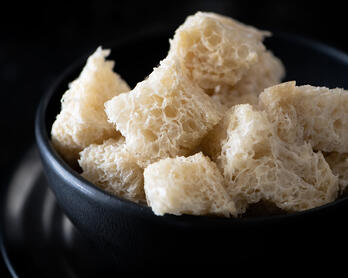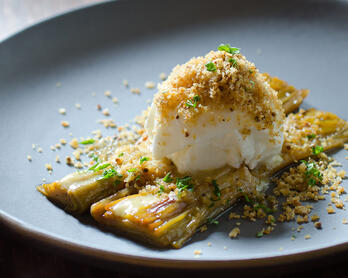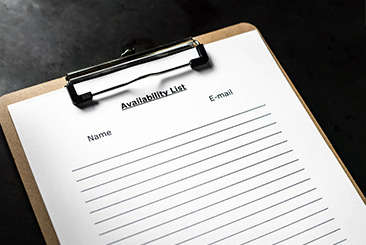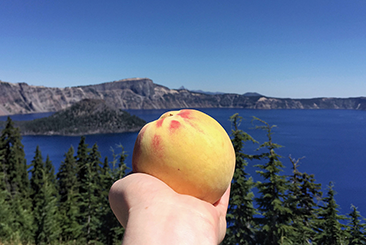Gruyère, Cheddar, and Melted Leek Macaroni and Cheese
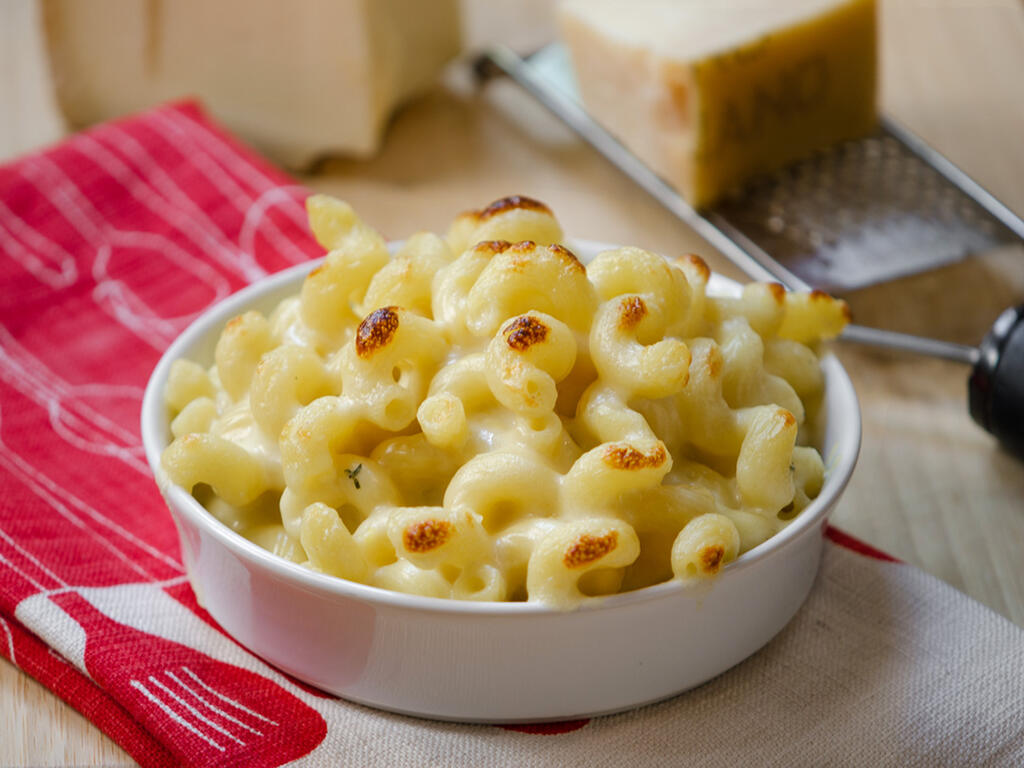
When I was big enough to use an oven (then through college and my first real job), some of my go-to foods were Kraft's stovetop mac and cheese and Stouffer's frozen macaroni and cheese. A chef in the making. The fact that Kraft's mac turned into a plastic lump when cool was of little concern. I'd pick up that blob of neon orange and enjoy it like the "cheese" ball that it was. Then there was Stouffer's, oh those crispy edges. I bet the plastic containers added an extra level of nutrition, too. As the saying goes, a dose of BPA keeps the doctor away.
My somewhat (but not really) related point is that I don't always add bread crumbs to my scratch macaroni and cheese. The idea is to develop a handful of those crispy little brown spots on top. That being said, I'm including instructions for bread crumbs since sometimes I get fancy and want an extra layer of flavor.
Recipe
Macaroni and cheese is an incredibly simple recipe which makes it hard to mess up but easy to experiment with. Once you have settled on a formula, go macrazy and plug in whatever flavors suit your taste buds. I'm 98.9% certain you'll end up with something creamy, comforting, and delicious. The ratios below are what I've been using recently, though a recipe of such great importance is like a work of art in that it's never truly finished.
But first, Cheese
This is a rather important topic for macaroni and cheese, no? Rob and I live near Andrew's Cheese Shop in Santa Monica, CA so that's where I go for my curdled dairy. Being able to sample the cheese is helpful so if you have a shop nearby I recommend taking the time. Cheesemongers know their stuff and you might end up incorporating a flavor that you weren't even thinking of.
Here are the cheeses I picked up from Andrew for this recipe:
- Gruyère - I've tried a few varieties that are quite earthy, and while I enjoyed those cheeses on their own the flavor was too powerful for mac and cheese. I've settled on 12-month Swiss Gruyère which is earthy but also sweet and nutty.
- Cheddar - I tried Cabot Clothbound and, while great for a cheese plate, it was too earthy and intense. It's easy for one cheese to neutralize the other flavors so that's worth keeping in mind. I now use the 1-Year Grafton Sharp Cheddar which is more balanced for cooking. UPDATE: I tried this recipe with Barber's Cheddar (English Reserve 20-months) and it was the best batch to date. I found Barber's at Whole Foods.
- Parmesan - I use a 30-month Parmigiano Reggiano that adds an extra layer of saltiness and umami-bomb excellence. I don't think I've ever made mac and cheese without at least an ounce of parm. (You can read more about umami in my Roasted Vegetable Stock post.)
Tools
- Garlic Press
- Individual Oven-safe Dishes
- Microplane Grater
- Baking Sheet
- Aluminum Foil
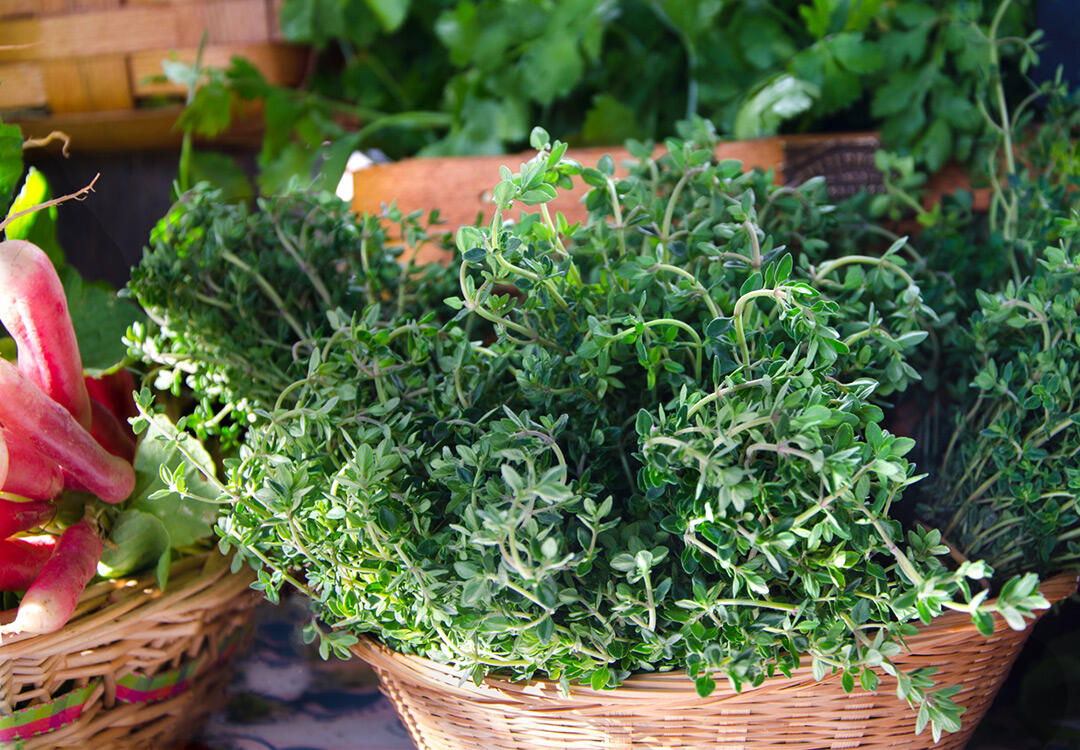
Basket of thyme at Schaner Farms - Santa Monica Farmers Market
Ingredients
Pasta and Cheese Sauce
- 8 oz dry cavatappi pasta (or similar), cooked al dente, and then spread out to cool so there isn't carry-over cooking
- 3 tbsp unbleached all-purpose flour
- 3 tbsp unsalted butter
- 5 oz Gruyère , finely shredded
- 4 oz cheddar , finely shredded
- 1 oz Parmigiano Reggiano , finely shredded
- 1 3/4 cups warm milk Note: 2% or whole will work but I always go with 2%. That being said, I suspect whole milk might make an even creamier cheese sauce.
- 1/8 - 1/4 tsp minced thyme
- 3 tbsp Melted Leeks Note: You don't want any chew to the leeks since that will be a distracting texture in the mac & cheese.
- Small - medium garlic clove , pressed or minced Note: This depends on how strong your cheese is. Also, pressed is preferable for this recipe and I highly recommend the Rösle garlic press if you're in the market.
Optional: Bread Crumbs (Adapted from Cook's Illustrated)
- 3 oz quality bread
- 1 1/2 tbsp cold unsalted butter , cut into 3 pieces
- Herbs of choice Note: I've used both basil and thyme in my bread crumbs. The only aesthetic issue (if you care) is that fresh herbs can turn your crumbs green if you include them in the processor. I toss in the herbs by hand.
Instructions
- Move your oven rack to the middle position and heat to 425
- Line a baking sheet with aluminum foil
- Heat a Dutch oven or similar pot over medium heat and add the butter
- When the butter starts to foam, add the flour and whisk everything together, stirring constantly for about 2-3 minutes
- Add the garlic, melted leeks, and thyme, then cook/stir for about a minute
- Slowly add the milk, whisking constantly
- Let the milk come to a simmer, stirring frequently, until large bubbles appear on the surface
- Add 1/2 tsp flake-style or kosher salt and some freshly ground pepper
- Slowly add the cheese, stirring constantly
- Add the cooked cavatappi and stir until the cheese sauce and pasta are thoroughly incorporated Note: The pasta will absorb some of the cheese sauce (or at least it seems to) so I usually continue stirring for a couple of minutes even after everything is incorporated.
- Optional Bread Crumbs: Pulse the bread and butter, then stir in the herbs (if using) by hand
- Ladle some mac and cheese into an oven-safe dish, add bread crumbs if you're fancy, and bake on your lined sheet for about 10-13 minutes until bubbly
Make-ahead
You can make the cheese sauce a day ahead and store it in the refrigerator. Gently reheat on the stove, then add the cooked pasta and bake per the recipe. I haven't actually done this so I can't speak to potential texture issues, but the Internets says it works great.
Storage
I've stored leftover mac and cheese (cheese sauce and pasta combined, but not baked) in the refrigerator overnight. It bakes up fine the next day, but the consistency isn't exactly the same. To reheat, let the macaroni and cheese come up to room temperature then bake per usual. I suspect slowly reheating your mac on the stove prior to baking may help with the consistency of the cheese sauce, but I haven't tried that yet.

